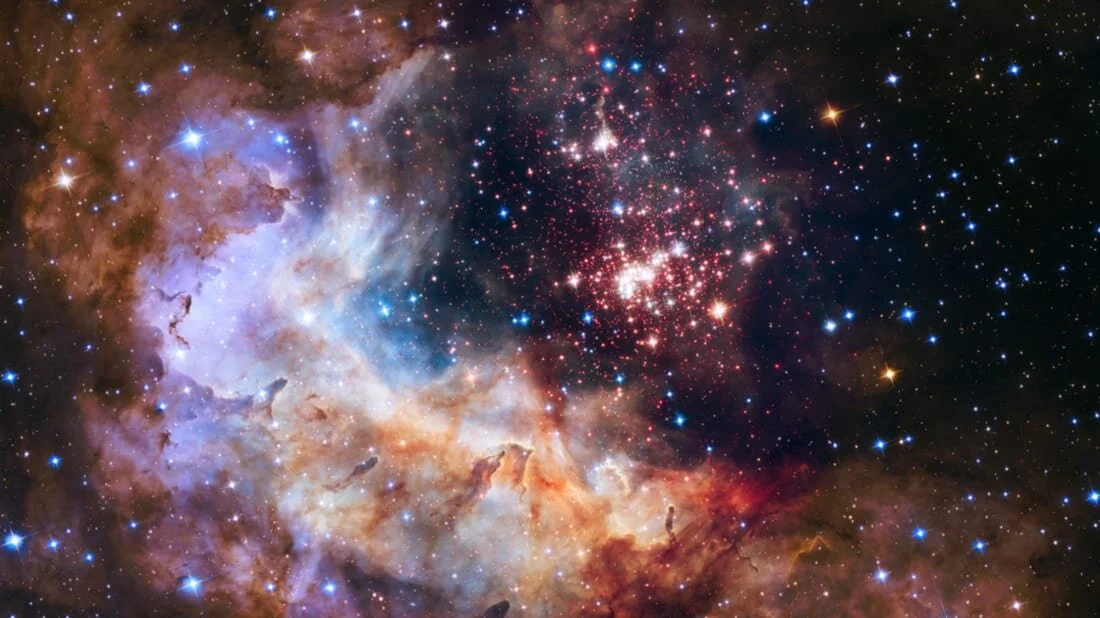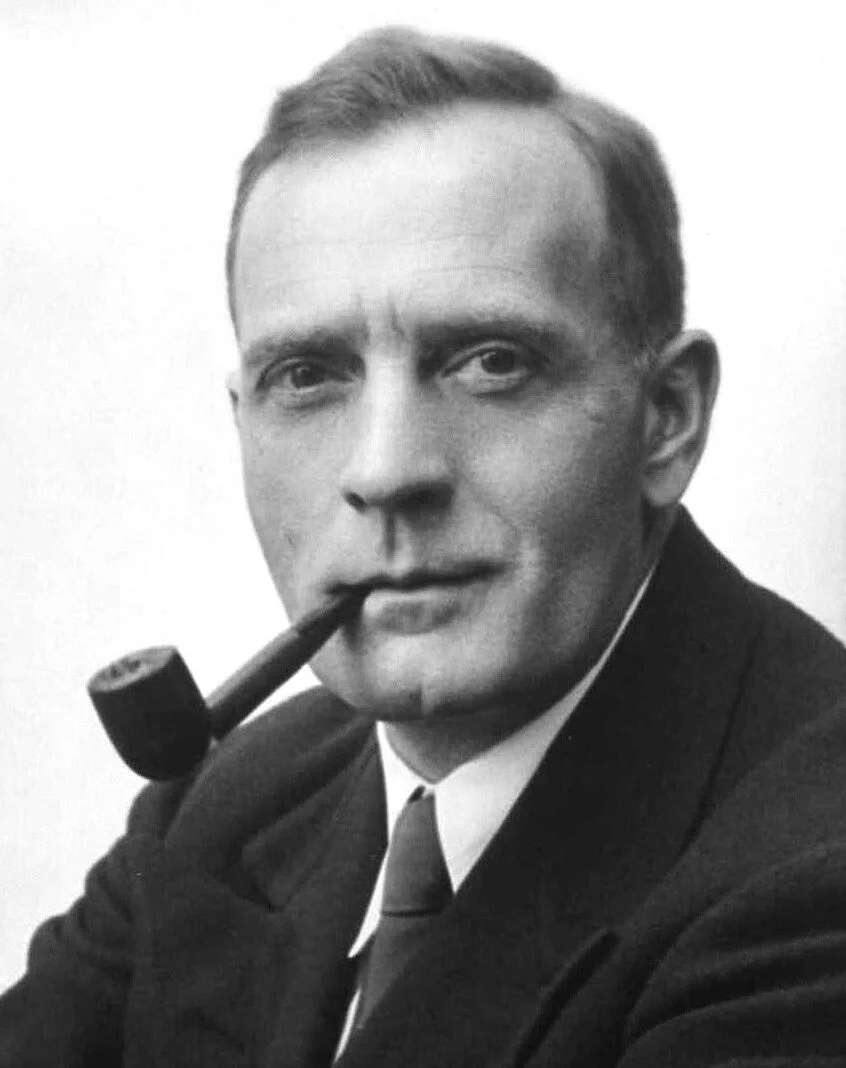In a scant approximately twelve weeks, coronavirus/Covid-19 has killed approximately 63,000 in the U.S., 234,000 worldwide. Writing on any other topic in this environment may seem inappropriate. It can be helpful, however, to shift one’s focus from time-to-time for a bit of mental recovery. There are some other major events still going on in these times.
On 15 March, we reminded readers that April is National Poetry Month, advising reading/writing poetry can be healthy diversions from these difficult issues! For our part, Mary & I, observing zero groupings of people, joined fifteen other residents at the facility where we live, reading poetry throughout the month, televised to residents by closed circuit TV—much fun, much appreciated.
On 29 March, we wrote to remind all that 22 April of this year marks the Fiftieth Anniversary of Earth Day! Realizing shelter at home restrictions will limit celebrations, we discussed alternative celebrations and renewed personal commitments.
Today we are writing regarding a third major April event, the Thirtieth Anniversary of Hubble Space Telescope—24 April 1990 – 24 April 2020!
How did the HST change our view?
The HST
The Hubble Space Telescope (HST) has changed our view
Our view of the Cosmos and our Earth too
Twenty-four April marked Thirty Years
An Anniversary calling for billions of cheers!
© Forrest W. Heaton 1 May 2020
Billions of cheers? Around seven point eight billion please . . . our fragile spaceship Planet Earth’s current estimated human population.
The Universe from Hubble. NASA
Named after Edwin Hubble, an American scientist who determined the universe was expanding vs. static, the HST has revolutionized our understanding of the universe, becoming one of the most productive scientific instruments ever built. Hubble was designed/built to be periodically serviced by space-walking astronauts, the design quickly put to a test (successfully in 1993) to repair a flawed mirror. Since then, Hubble’s new science has been matched with spectacular images that inspire the imagination of any viewer.
John Grunsfeld, NASA Associate Administrator and former astronaut who serviced Hubble on three servicing missions, feels: “Hubble still has a tremendous journey ahead of it; I’m still convinced that its greatest discovery lies ahead.”
By visiting nasa.gov/hubble, you can view a number of outstanding videos honoring Hubble’s thirtieth anniversary. One we strongly recommend can be viewed by clicking below.



